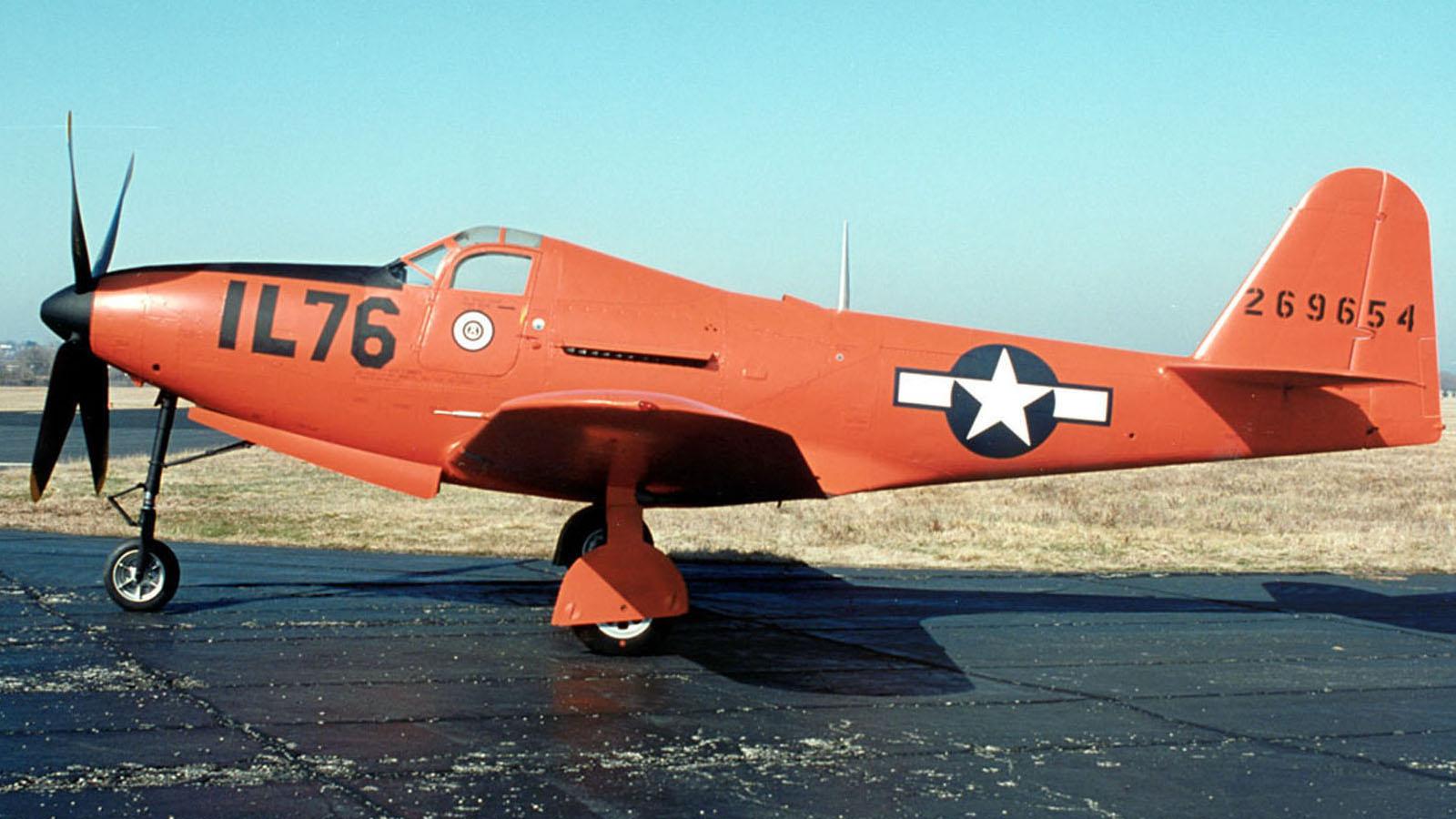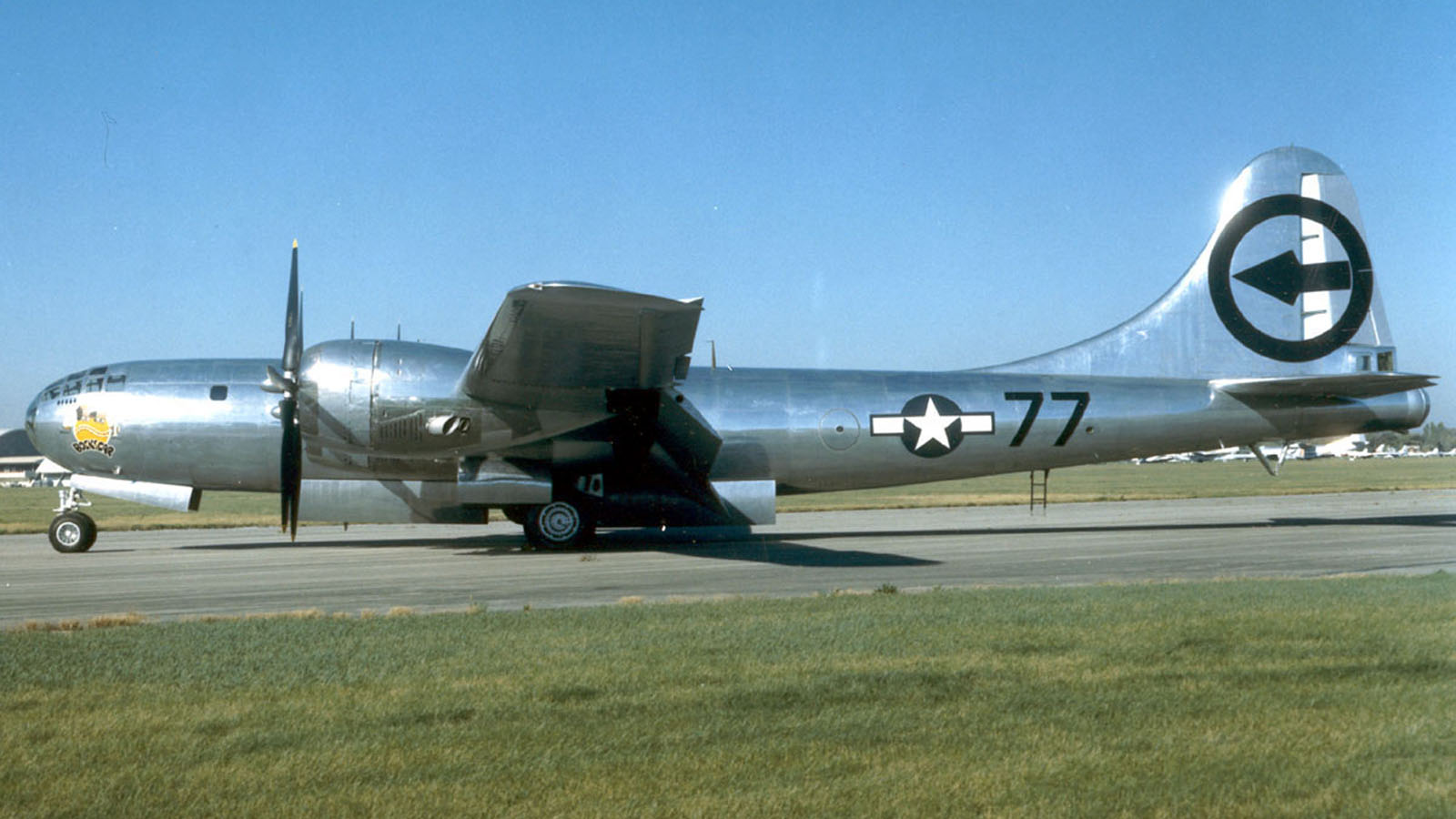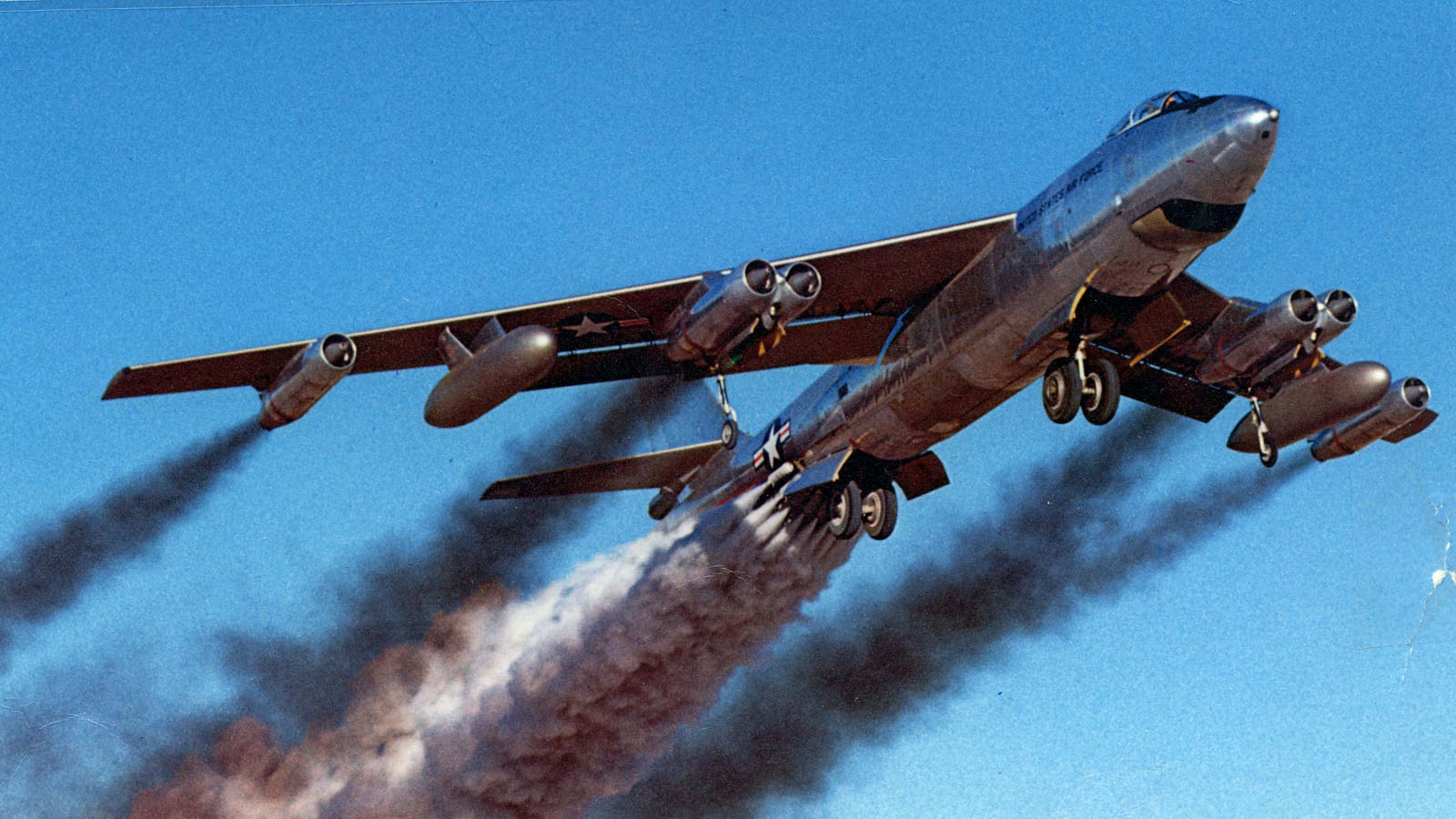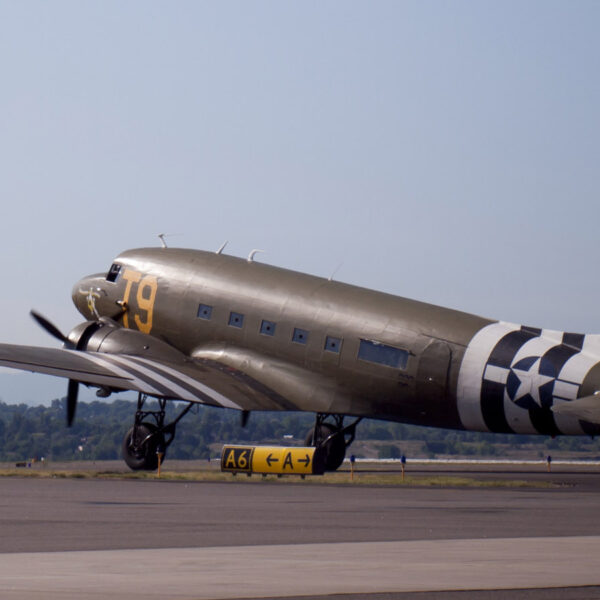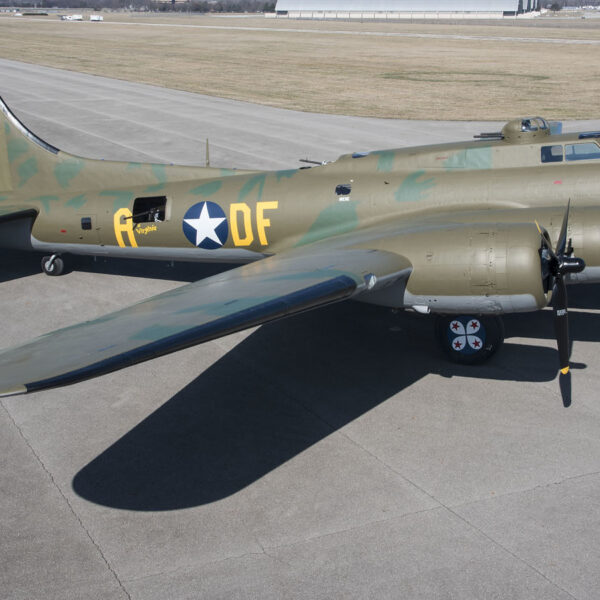“Unmatched stealth and precision in the skies – the B-2 Spirit Bomber.”
History and Evolution of the B-2 Spirit Bomber
The B-2 Spirit Bomber, also known as the “Stealth Bomber,” is a strategic bomber aircraft that has been in service with the United States Air Force since 1997. It is a unique and highly advanced aircraft, designed to penetrate enemy defenses and deliver precision strikes with its large payload capacity. In this article, we will delve into the history and evolution of this iconic aircraft.
The origins of the B-2 Spirit Bomber can be traced back to the Cold War era, when the United States was in a constant state of tension with the Soviet Union. The need for a long-range, stealthy bomber became apparent as the US sought to maintain its strategic advantage over its rival. In response to this need, the Advanced Technology Bomber (ATB) program was initiated in the early 1980s.
The ATB program aimed to develop a bomber that could evade radar detection and deliver nuclear weapons deep into enemy territory. After a rigorous competition between two aerospace giants, Northrop Corporation was awarded the contract to build the B-2 Spirit Bomber in 1981. The development of this aircraft was shrouded in secrecy, with only a select few individuals having knowledge of its existence.
The B-2 Spirit Bomber made its first flight in 1989, and it was officially unveiled to the public in 1990. Its unique design, with its sleek and angular shape, earned it the nickname “Stealth Bomber.” The aircraft’s stealth capabilities were achieved through its advanced composite materials, radar-absorbent coatings, and its distinctive flying wing design.
The B-2 Spirit Bomber’s first combat mission was in 1999 during the Kosovo War, where it successfully destroyed enemy targets with precision-guided munitions. It also played a crucial role in the US-led invasion of Afghanistan in 2001 and the Iraq War in 2003. Its ability to fly long distances without refueling and its stealth capabilities made it an invaluable asset in these conflicts.
Over the years, the B-2 Spirit Bomber has undergone several upgrades and modifications to enhance its capabilities. In 2009, the aircraft received a major upgrade, which included new avionics, radar systems, and the integration of new weapons. This upgrade significantly improved the aircraft’s ability to gather and transmit real-time intelligence, making it a more versatile and effective weapon system.
In addition to its combat missions, the B-2 Spirit Bomber has also been used for humanitarian purposes. In 2011, it was used to drop food and supplies to civilians in Libya during the country’s civil war. This demonstrated the aircraft’s versatility and its ability to adapt to different situations.
Despite its impressive capabilities, the B-2 Spirit Bomber has faced criticism for its high cost. The development and production of each aircraft cost over $2 billion, making it one of the most expensive military aircraft in history. However, proponents of the aircraft argue that its unique capabilities and its role in maintaining national security justify its cost.
In recent years, the B-2 Spirit Bomber has been used in joint military exercises with allied nations, showcasing its capabilities and strengthening international partnerships. It has also been used in deterrence missions, sending a clear message to potential adversaries of the US’s military might.
In conclusion, the B-2 Spirit Bomber has come a long way since its inception in the 1980s. Its evolution from a top-secret project to a highly advanced and versatile weapon system is a testament to the ingenuity and determination of the engineers and designers who brought it to life. As the US continues to face new threats and challenges, the B-2 Spirit Bomber will undoubtedly play a crucial role in maintaining its strategic advantage and protecting its national interests.
Top 10 Facts About the B-2 Spirit Bomber
The B-2 Spirit Bomber, also known as the “Stealth Bomber,” is a strategic bomber aircraft that has been in service with the United States Air Force since 1997. It is a unique and highly advanced aircraft, with capabilities that make it one of the most feared weapons in the world. In this article, we will explore the top 10 facts about the B-2 Spirit Bomber.
- The B-2 Spirit Bomber was developed in secret during the Cold War. In the 1970s, the United States Air Force recognized the need for a new stealth bomber to penetrate Soviet air defenses. The project was kept highly classified, and it wasn’t until 1988 that the public was made aware of its existence.
- The B-2 Spirit Bomber is designed to evade radar detection. Its unique shape, made up of flat surfaces and sharp angles, allows it to deflect radar waves and remain undetected by enemy radar systems. This makes it a valuable asset for carrying out surprise attacks.
- The B-2 Spirit Bomber is capable of carrying both conventional and nuclear weapons. It has a large internal weapons bay that can hold up to 40,000 pounds of bombs, including nuclear bombs. This gives it the ability to strike targets with precision and devastating force.
- The B-2 Spirit Bomber has a range of over 6,000 nautical miles. This allows it to fly from the United States to any location in the world without the need for refueling. This long-range capability makes it a valuable asset for global military operations.
- The B-2 Spirit Bomber has a crew of only two people. Despite its large size, the B-2 only requires a pilot and a co-pilot to operate. This is made possible by its advanced computer systems and fly-by-wire technology, which allows for precise control and maneuverability.
- The B-2 Spirit Bomber is equipped with state-of-the-art technology. It has a sophisticated radar system that can detect and track multiple targets simultaneously. It also has advanced navigation and communication systems, making it a highly capable and versatile aircraft.
- The B-2 Spirit Bomber has a top speed of over 600 miles per hour. This allows it to quickly reach its target and escape before the enemy can respond. Its speed, combined with its stealth capabilities, makes it a difficult target for enemy defenses.
- The B-2 Spirit Bomber has been used in several military operations. It played a crucial role in the Kosovo War in 1999, where it flew non-stop from Missouri to Kosovo and back, dropping precision-guided bombs on enemy targets. It has also been used in Afghanistan, Iraq, and Libya.
- The B-2 Spirit Bomber has a unique maintenance process. Due to its stealth capabilities, the B-2 is coated with a special material that absorbs radar waves. This coating needs to be carefully maintained, and the aircraft is kept in a climate-controlled hangar to prevent damage.
- The B-2 Spirit Bomber is one of the most expensive military aircraft ever built. Each B-2 costs around $2.1 billion, making it one of the most expensive weapons in the world. However, its capabilities and effectiveness make it a valuable asset for the United States Air Force.
In conclusion, the B-2 Spirit Bomber is a remarkable aircraft that has revolutionized modern warfare. Its stealth capabilities, long-range capabilities, and advanced technology make it a formidable weapon that can strike with precision and remain undetected. Despite its high cost, the B-2 Spirit Bomber continues to play a crucial role in global military operations and is a testament to the United States’ commitment to maintaining a strong and advanced military force.
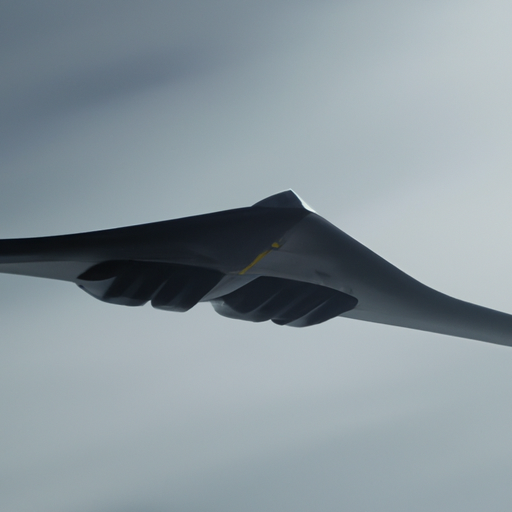
The Role of the B-2 Spirit Bomber in Modern Warfare
The B-2 Spirit Bomber, also known as the “Stealth Bomber,” is a strategic bomber that has played a crucial role in modern warfare. Developed by Northrop Grumman, this aircraft is known for its advanced stealth technology and its ability to penetrate deep into enemy territory undetected. In this article, we will explore the role of the B-2 Spirit Bomber in modern warfare and how it has revolutionized the way wars are fought.
One of the main roles of the B-2 Spirit Bomber is its ability to deliver precision strikes on high-value targets. With its advanced radar-evading technology, the B-2 can fly undetected into heavily defended enemy airspace and strike with pinpoint accuracy. This capability has made the B-2 an essential asset in modern warfare, where precision strikes are crucial in minimizing collateral damage and achieving military objectives.
Moreover, the B-2 Spirit Bomber has the ability to carry both conventional and nuclear weapons, making it a versatile weapon in any conflict. Its large payload capacity allows it to carry up to 40,000 pounds of bombs, including the Massive Ordnance Penetrator (MOP), a 30,000-pound bunker-busting bomb. This makes the B-2 an ideal choice for destroying heavily fortified enemy targets, such as underground bunkers and command centers.
In addition to its offensive capabilities, the B-2 Spirit Bomber also plays a crucial role in reconnaissance and intelligence gathering. Equipped with state-of-the-art sensors and communication systems, the B-2 can gather and transmit real-time data to ground forces, providing them with valuable information about enemy movements and positions. This information is vital in planning and executing successful military operations.
The B-2 Spirit Bomber has also played a significant role in shaping the concept of “shock and awe” in modern warfare. Its ability to strike deep into enemy territory with precision and overwhelming force has been a game-changer in many conflicts. The psychological impact of a B-2 strike cannot be underestimated, as it instills fear and demoralizes the enemy, often leading to their surrender or retreat.
Furthermore, the B-2 Spirit Bomber has been a crucial asset in humanitarian and disaster relief operations. Its long-range capabilities and large payload capacity allow it to deliver much-needed supplies and aid to remote and inaccessible areas. In times of natural disasters or humanitarian crises, the B-2 can provide vital support and assistance, showcasing its versatility and importance in modern warfare.
The B-2 Spirit Bomber has also played a significant role in shaping the balance of power between nations. Its advanced stealth technology and ability to penetrate enemy defenses have made it a formidable weapon, giving the United States a significant advantage over its adversaries. This has led to a shift in the way wars are fought, with more emphasis on technological superiority rather than sheer numbers.
However, the B-2 Spirit Bomber’s role in modern warfare is not without controversy. Its high cost and maintenance requirements have been a subject of debate, with some arguing that the resources could be better utilized in other areas. Nevertheless, the B-2 remains a crucial asset in the United States’ military arsenal, and its role in modern warfare cannot be overlooked.
In conclusion, the B-2 Spirit Bomber has revolutionized the way wars are fought, with its advanced technology and capabilities. Its role in delivering precision strikes, gathering intelligence, and providing support in humanitarian operations has made it an essential asset in modern warfare. As technology continues to advance, it is safe to say that the B-2 Spirit Bomber will continue to play a crucial role in shaping the future of warfare.
Inside the Cockpit: A Pilot’s Perspective on Flying the B-2 Spirit Bomber
The B-2 Spirit Bomber, also known as the “Stealth Bomber,” is a remarkable aircraft that has been in service with the United States Air Force since 1997. It is a strategic bomber designed for penetrating enemy defenses and delivering precision strikes. The B-2 is a unique aircraft, not only in its capabilities but also in its design. As a pilot who has had the privilege of flying this incredible machine, I can attest to the fact that it is truly a marvel of engineering and technology.
Stepping into the cockpit of the B-2 for the first time is an experience like no other. The first thing that strikes you is the sleek and futuristic design of the cockpit. The entire cockpit is covered in a dark, matte finish to reduce reflections and make the aircraft less visible to radar. The cockpit is also designed to be as spacious as possible, allowing the pilot and co-pilot to move around comfortably during long missions.
As a pilot, one of the most important aspects of flying any aircraft is having a clear view of the outside world. The B-2’s cockpit offers an unobstructed 360-degree view, thanks to its large canopy made of a special material that is both strong and radar-absorbent. This allows the pilot to have a clear view of the surrounding airspace, making it easier to navigate and avoid potential threats.
One of the most impressive features of the B-2’s cockpit is the advanced avionics system. The aircraft is equipped with state-of-the-art technology, including a Heads-Up Display (HUD) that projects critical flight information onto the windshield, allowing the pilot to keep their eyes on the outside world while still having access to important data. The B-2 also has a sophisticated radar system that can detect and track multiple targets simultaneously, making it a formidable weapon in any combat situation.
Flying the B-2 requires extensive training and skill. The aircraft is highly sensitive and responsive, and the pilot must have a steady hand and a sharp mind to control it effectively. The B-2 is also a “fly-by-wire” aircraft, meaning that the pilot’s inputs are transmitted electronically to the flight control surfaces, rather than through traditional mechanical linkages. This allows for more precise control and maneuverability, especially at high speeds and altitudes.
One of the most challenging aspects of flying the B-2 is its stealth capabilities. The aircraft is designed to be virtually invisible to radar, which means that the pilot must constantly monitor and adjust the aircraft’s radar signature to maintain its stealth capabilities. This requires a high level of concentration and skill, as any mistake could compromise the aircraft’s stealth and put the mission at risk.
Despite its advanced technology and capabilities, the B-2 is still a bomber at its core. As a pilot, my primary responsibility is to deliver precision strikes on enemy targets. The B-2 is equipped with a variety of weapons, including conventional and nuclear bombs, as well as cruise missiles. The pilot must be able to accurately navigate to the target and release the weapons at the right time and in the right location to achieve maximum effectiveness.
In conclusion, flying the B-2 Spirit Bomber is an experience that few pilots are fortunate enough to have. It is a highly advanced and complex aircraft that requires extensive training and skill to operate effectively. The B-2’s cockpit is a testament to the incredible technology and engineering that goes into creating such a remarkable aircraft. As a pilot, I am proud to be a part of the B-2 program and to have the opportunity to fly this incredible machine.
Controversies and Criticisms Surrounding the B-2 Spirit Bomber
The B-2 Spirit Bomber, also known as the “Stealth Bomber,” is a long-range, strategic bomber designed and developed by Northrop Grumman. It is a highly advanced and sophisticated aircraft, with the ability to penetrate deep into enemy territory undetected. However, despite its impressive capabilities, the B-2 Spirit Bomber has been met with controversies and criticisms since its inception.
One of the main controversies surrounding the B-2 Spirit Bomber is its exorbitant cost. The development and production of this aircraft cost the United States government a staggering $2.1 billion per unit. This makes it one of the most expensive military aircraft in history. The high cost of the B-2 Spirit Bomber has been a subject of debate and criticism, with many questioning whether it is worth the investment.
Another major criticism of the B-2 Spirit Bomber is its limited use in modern warfare. The B-2 was designed during the Cold War era, with the primary purpose of penetrating Soviet air defenses and delivering nuclear weapons. However, with the changing nature of warfare and the rise of precision-guided munitions, the B-2’s role has become less relevant. Critics argue that the B-2’s capabilities are not necessary in today’s conflicts, and the funds could have been better allocated to other military needs.
Furthermore, the B-2 Spirit Bomber has faced technical issues and setbacks throughout its history. In 2008, one of the B-2s crashed during takeoff, resulting in the loss of the aircraft and its crew. This incident raised concerns about the safety and reliability of the B-2. Additionally, the B-2 has a low mission-capable rate, meaning that a significant number of aircraft are not available for missions due to maintenance issues. This has led to questions about the effectiveness and efficiency of the B-2 in combat situations.
The B-2 Spirit Bomber has also been criticized for its environmental impact. The aircraft uses a significant amount of fuel, emitting large amounts of carbon dioxide and other pollutants into the atmosphere. This has raised concerns about the B-2’s contribution to climate change and its sustainability in the long run. Moreover, the B-2’s stealth technology requires the use of toxic materials, such as radar-absorbent paint and coatings, which can have harmful effects on the environment.
Another controversy surrounding the B-2 Spirit Bomber is its role in international relations. The deployment of B-2s to other countries, such as South Korea and Guam, has been met with backlash from neighboring countries, particularly China and North Korea. These countries view the B-2 as a symbol of American aggression and a threat to their national security. The presence of B-2s in these regions has sparked tensions and raised concerns about the potential for conflict.
Despite these controversies and criticisms, the B-2 Spirit Bomber has also received praise for its capabilities and contributions to national defense. The B-2 played a crucial role in Operation Desert Storm, where it successfully destroyed high-value targets in Iraq. It has also been used in various other conflicts, including the war in Afghanistan and the war against ISIS. The B-2’s stealth technology and long-range capabilities have proven to be valuable assets in these operations.
In conclusion, the B-2 Spirit Bomber has been a subject of controversy and criticism since its inception. Its high cost, limited use in modern warfare, technical issues, environmental impact, and role in international relations have all been points of contention. However, the B-2’s capabilities and contributions to national defense cannot be ignored. Whether the controversies and criticisms surrounding the B-2 will lead to any changes or modifications remains to be seen.
